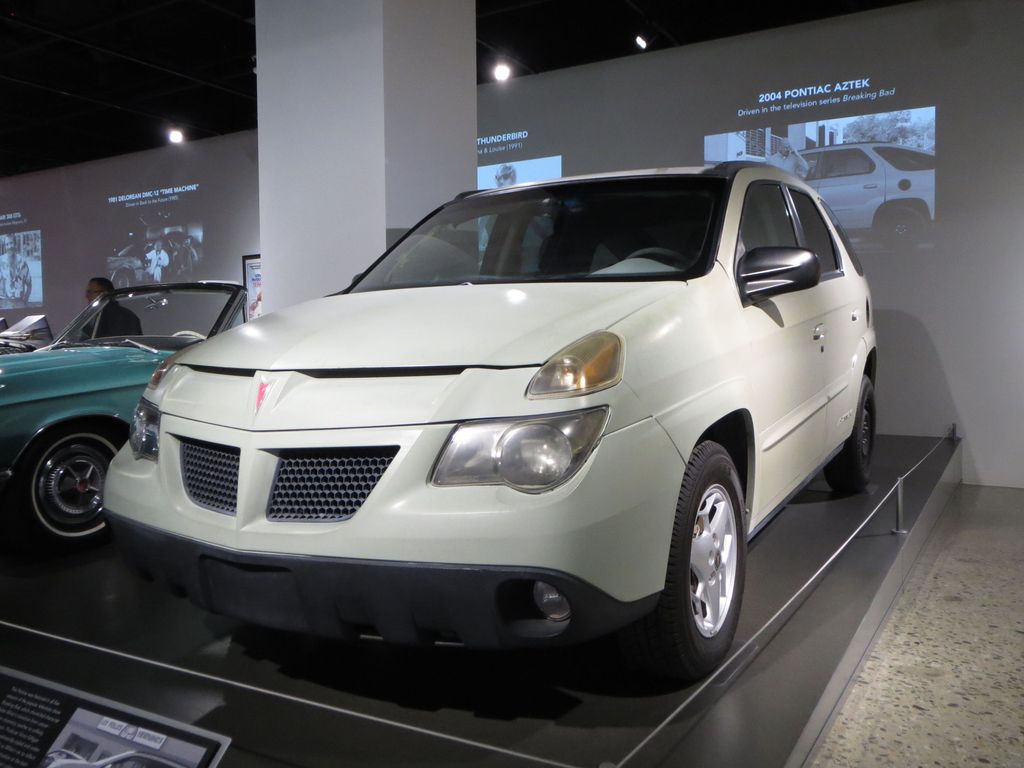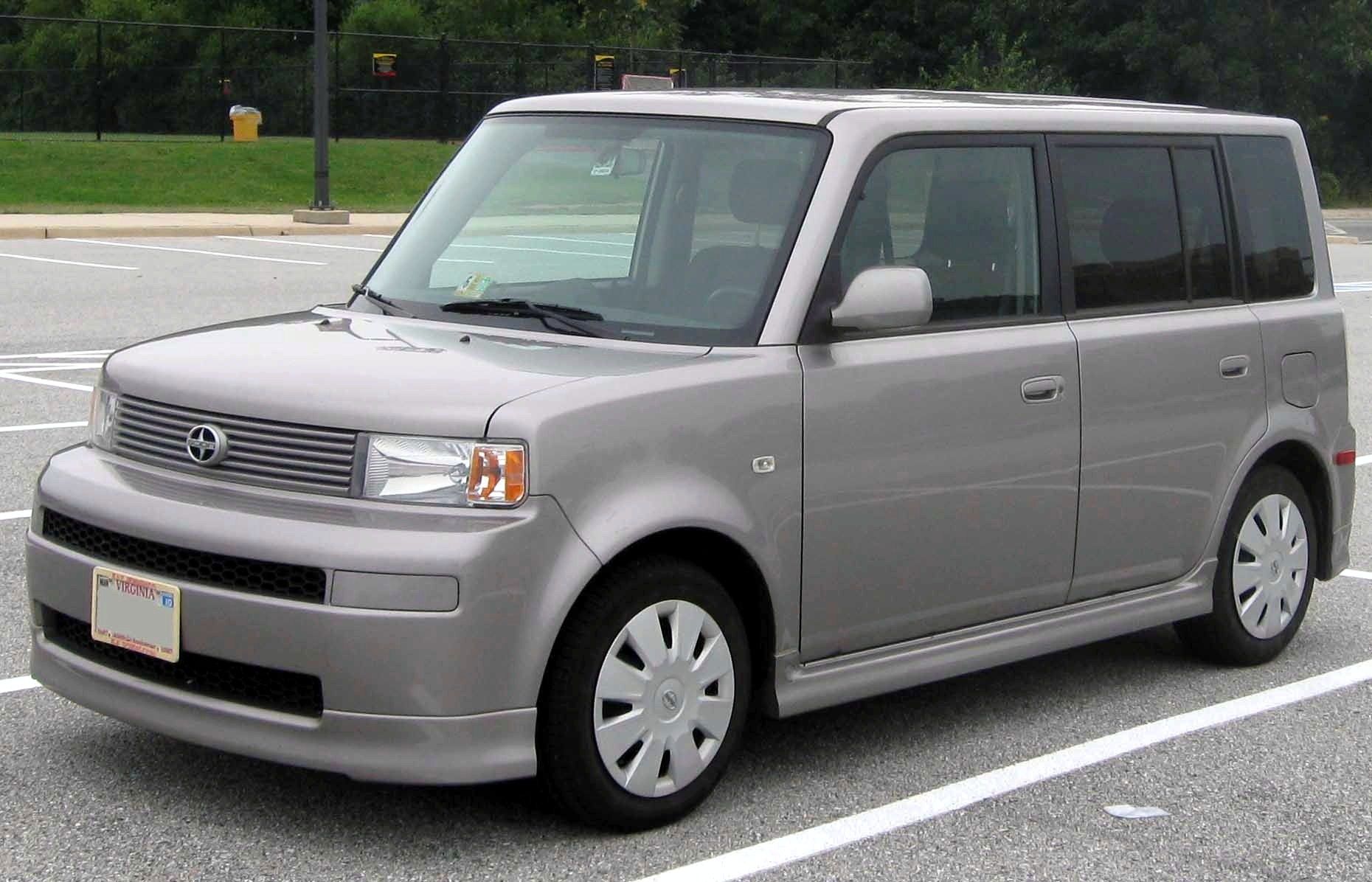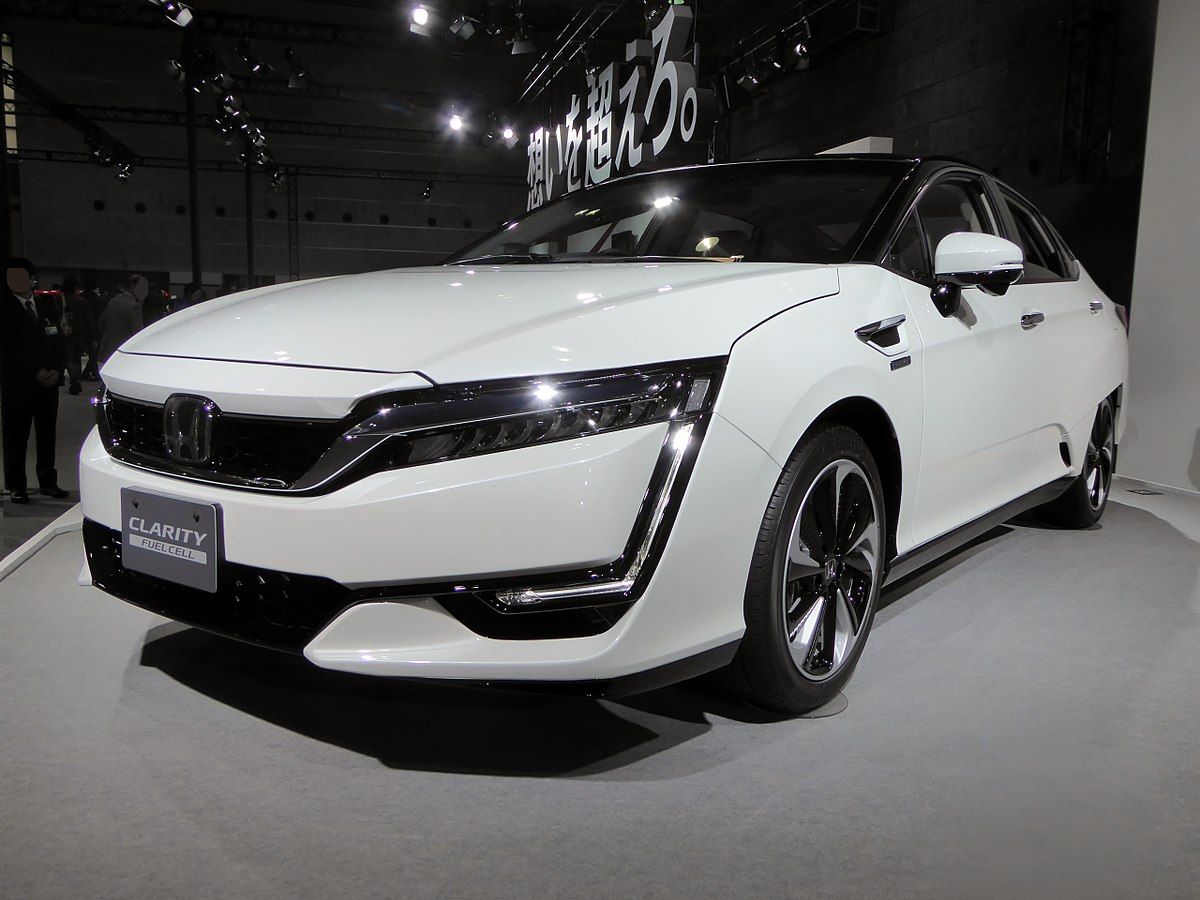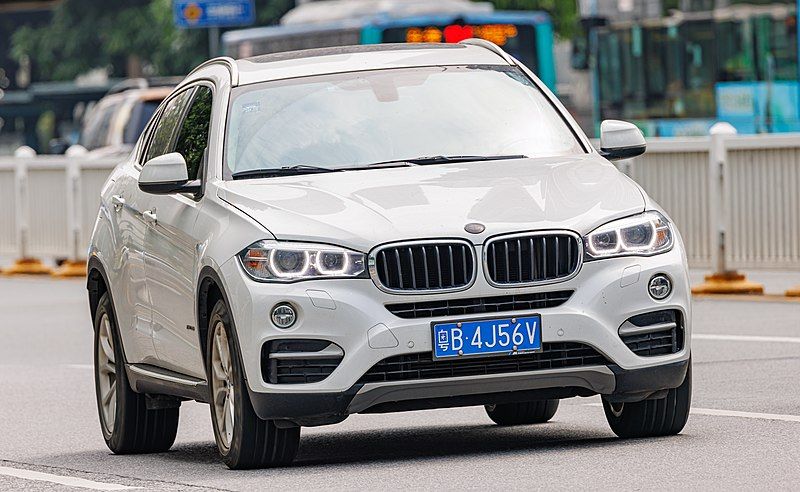
Oh, the glorious memories of youth, when a specific car wasn’t just transportation, but a statement, a dream, a rolling extension of your coolest self! We all have those moments, right? You’d see a certain model cruise by, or maybe even better, you’d be behind the wheel, feeling like the absolute king or queen of the road, thinking nothing could ever diminish its undeniable aura of awesome. Those were the days!
But here’s the thing about trends, taste, and the relentless march of time: what’s hot today can become, well, let’s just say ‘less hot’ tomorrow. Sometimes, it’s a slow fade, like a beloved band whose later albums just don’t quite hit the same notes. Other times, it’s a full-blown face-plant, leaving you wondering what in the world you were thinking. Those once-enviable vehicles, from flashy sports cars to trendy SUVs, quietly (or sometimes very loudly!) lose their magic.
So, buckle up, buttercups, because we’re taking a joyride down memory lane to revisit some of those rides that once ruled the streets, making us feel like the coolest person alive. Today, however, they’ve transformed into symbols of questionable taste, making onlookers cringe when they roll by. Prepare for a laugh, a sigh, and perhaps a moment of ‘Oh, I totally wanted one of those!’ as we kick off our list of vehicles that have gone from totally awesome to totally ‘what were they thinking?’

1. **Pontiac Aztek**Remember the early 2000s, when everyone was trying to figure out what the next big thing in car design would be? General Motors decided to throw caution to the wind with the Pontiac Aztek, a vehicle that certainly made an impression, though perhaps not the one they intended. It gained a fresh, albeit infamous, lease on life thanks to a certain critically acclaimed TV show, but let’s be honest, it wasn’t for its stunning good looks.
The Aztek looked like someone took a regular SUV and, well, let’s just say they got a bit carried away with a hammer from every conceivable angle. GM’s designers aimed for super modern, experimenting with all those weird plastic panels and strange angles. Instead, many felt they birthed something that resembled a spaceship designed by an artist who had never quite laid eyes on a real spaceship, resulting in a truly polarizing aesthetic.
Now, to its credit, the Aztek wasn’t entirely devoid of clever ideas. It boasted some genuinely cool features, like a built-in tent and an array of camping gear, making it a surprisingly practical option for the adventurous spirit. Yet, despite these innovations, the overwhelming visual impact proved too much for most people to handle, overshadowing any functional brilliance it might have offered. The looks were just too much.
Today, the Aztek stands as a testament to design ambition gone awry. Its distinctive, some might say ‘challenging,’ appearance has made it a poster child for automotive missteps, solidifying its place in the hall of cringe-worthy machines. It’s a reminder that sometimes, even with good intentions, the aesthetic execution can be a deal-breaker, turning a potentially innovative vehicle into a punchline.

2. **Hummer H2**Cast your mind back to the early 2000s, a simpler time when gas prices weren’t quite the terrifying monsters they are today. Back then, there was a palpable desire to drive like you were ready for anything, like you were perpetually on a military exercise, even if your daily commute was just to the grocery store. Enter the Hummer H2, the behemoth designed to make you look tough and primed for any adventure.
People weren’t batting an eye at the staggering eight miles per gallon these beasts guzzled, largely because fuel was cheap, and the sheer power of its presence seemed to justify the consumption. Its massive size, while turning parking into an absolute nightmare, gave owners an undeniable feeling of dominance, sitting high above all the ‘lesser’ vehicles on the road. It was all about the imposing stance and the statement it made.
However, as the years marched on, so did our collective awareness of environmental issues and the value of practicality. The H2’s once-mighty roar now just screams wasteful and impractical. In an era increasingly focused on climate change, these gas-guzzling monsters have unfortunately morphed into symbols of selfishness and outdated thinking, a stark contrast to their former glory as status symbols.
Adding to the cringe factor is the reality that most H2 owners never even took their imposing machines off-road, despite the implied ruggedness. This disconnect between image and actual use made the whole tough-guy persona seem utterly fake and overtly try-hard. What was once seen as an icon of power and adventure has become a somewhat embarrassing relic of automotive excess.

3. **Chrysler PT Cruiser**Ah, the Chrysler PT Cruiser, a vehicle that tried its darndest to whisk us back to the romanticized era of the 1930s with its distinct retro-styled wagon aesthetic. When it first hit the scene, people genuinely thought it was charming, cute, and delightfully different from the sea of boring, homogenized cars cluttering the roadways. It stood out, and for a while, that was enough.
Beyond its charmingly anachronistic exterior, the PT Cruiser actually offered a surprising amount of practical appeal. It boasted a generous amount of cargo space and featured removable seats, making it a versatile option for anyone needing a bit more utility in their daily drive. The marketing machine behind it painted a picture of the PT Cruiser as the perfect ride for creative, fun-loving individuals, a car that truly embraced individuality.
But alas, the honeymoon period for the PT Cruiser was a fleeting one. The novelty of its retro styling wore off rather quickly, and people began to see past the quirky costume to the economy car beneath. It turns out, putting a fancy hat on a regular sedan doesn’t quite make it a luxury experience. The initial charm gave way to the realization that it was, at its core, a fairly standard vehicle.
Compounding its woes, the build quality of the PT Cruiser was often criticized, leading to a less-than-stellar ownership experience for many. The very styling that once seemed endearing and unique gradually became annoying, transitioning from charmingly quirky to simply… weird. Today, the PT Cruiser has largely solidified its place as a well-intentioned but ultimately failed attempt at being uniquely quirky, leaving us all with a bit of a head-scratch.

4. **Mitsubishi Eclipse (4th Generation)**Let’s talk about the Mitsubishi Eclipse, specifically the earlier generations, which were genuinely legitimate sports cars that truly knew how to go fast. They were the darlings of young enthusiasts, admired for their sleek designs and potent turbocharged engines that made drivers feel like bona fide street racers. The Eclipse name carried a weight of performance and undeniable cool factor, particularly after some memorable appearances in famous car movies.
Then, something shifted. Mitsubishi decided to take a sharp turn, transforming the lean, mean racing machine into a heavy, slow convertible that leaned more towards a luxury cruiser than a track beast. They kept the iconic Eclipse name, but in a move that baffled many, they seemed to strip away everything that had made the car special and revered in the first place. It was like giving a superhero a sensible cardigan and a cup of decaf.
The early Eclipse models, riding high on the pop culture wave of Fast and Furious movies, cemented their place as cool and desirable. However, the later versions, particularly the 4th generation, became increasingly embarrassing. The attempt at ‘fake sporty styling’ fooled nobody, and the performance, once a hallmark of the brand, was genuinely terrible, a shadow of its former glory. It was an identity crisis on wheels.
Driving one of these later models now sends a rather unfortunate message, suggesting that the owner might not possess the deepest understanding of automotive excellence or history. What was once a symbol of cutting-edge performance and youthful rebellion became a misguided attempt at market repositioning, leading it straight onto our list of rides that have undeniably turned cringe-worthy. It’s a sad tale of a nameplate losing its way.

5. **Chevrolet SSR**Imagine a world where the fun of a sports car could effortlessly merge with the utility of a truck. That was the ambitious vision General Motors had when they unleashed the Chevrolet SSR upon an unsuspecting public. It was a pickup truck that could magically transform into a convertible, a concept that, on paper, sounded absolutely amazing and full of promise. The retro styling was a clear homage to classic hot rods of the 1950s, aiming to tap into a rich vein of automotive nostalgia.
The marketing push behind the SSR promised a vehicle perfect for adventurous weekend getaways and a guaranteed head-turner at car shows. It was presented as the ultimate blend of style and substance, a conversation starter that could also haul your gear. The idea of cruising with the top down in a retro-futuristic pickup truck was certainly intriguing, appealing to a sense of playful extravagance.
However, as with many grand concepts, reality hit the SSR hard, and it hit fast. Owners quickly discovered that the SSR was, to put it mildly, terrible at being both a truck and a sports car simultaneously. Its identity crisis wasn’t charming; it was simply inefficient. The truck bed, in particular, was surprisingly tiny, undermining the very utility it was supposed to offer. It was hardly a workhorse.
Moreover, the performance, despite its sporty aspirations, was deeply disappointing, failing to deliver the thrill one might expect from something with such a distinctive silhouette. And then there was the styling itself; what was intended as retro-cool often veered into cartoonish territory, making it look more like a novelty toy than a serious vehicle. Today, the SSR feels like an expensive plaything that nobody actually needed or truly wanted, a well-meaning but ultimately flawed experiment that has certainly earned its place on our cringe list.

6. **Scion xB**In the early 2000s, Toyota, aiming to capture the hearts and wallets of a younger demographic, launched Scion with a mission to deliver quirky, boxy, and decidedly different designs. The Scion xB was arguably the purest embodiment of this philosophy, envisioned as the ultimate expression of individuality for those who deliberately wanted to be different and didn’t care for traditional automotive beauty standards. It was supposed to be anti-establishment on wheels.
Its unusual, almost aggressively geometric shape found an audience among hip-hop artists and various creative types who appreciated its distinct lack of conventional curves. Beyond its polarizing aesthetics, the xB offered a genuinely spacious interior for its compact footprint and a refreshingly affordable price point, making it a popular choice among college students and urban dwellers who needed practical, no-frills transportation that also made a statement.
Yet, the inherent problem with being intentionally ugly is that, much like a bad joke, it gets old really fast. Once the initial novelty of its unique appearance wore off, the stark reality set in: many drivers realized they were essentially piloting something that bore a striking resemblance to a refrigerator on wheels. The deliberate rejection of conventional beauty eventually backfired, turning its distinctive feature into a major drawback.
Ultimately, the Scion brand itself withered and died, largely because, as it turns out, most everyday people want cars that look good, not just different or attention-seeking. The xB’s journey from a bold statement to an awkward artifact perfectly illustrates how aiming for deliberate unconventionality can sometimes lead straight to the realm of cringe. It’s a testament to the fact that even the most well-intentioned efforts to stand out can sometimes fall flat.




